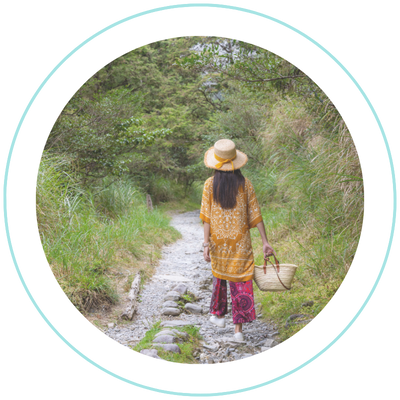Last week, I attended a training day on recovery in mental health.
As part of his exploration of how consumers cope with (and recover from) an inpatient stay, the presenter talked about the right to beauty.
Even though I am an artist, and for much of my life a teacher and mentor in the visual arts, I had never considered this idea.
I was surprised — it was like seeing the world in a different light. A bit like the first time I read Foucault or saw a Vermeer. For much of the day this thought came back to the me and I started thinking again about the physical environment and the impact it has on our wellbeing.
As an art student, I was introduced to the ideas of marxist art historian and writer John Berger. He argued that the museums of the future would be pinboards (I wonder what he would think of Pinterest?) with images and ideas that are particular and meaningful to us, far from the privilege and prestige of elite museums.
People come into psychiatric inpatient units “on the worst day of their lives” (Nurse Betty) and many have their rights and control over their bodies taken away. Transported by ambulance, sometimes forcibly detained by police, strapped to a gurney or even cuffed and drugged, people enter the inpatient unit powerless and vulnerable. For some its a bewildering and intimidating introduction to the public mental health system — and to their own psychosis. As a patient/consumer, people with serious mental illness are treated in a brutal, inhuman environment, where efficiency and risk-management dictate the creation and maintenance of space. Spartan and cramped, the average psych unit is not a haven, or an asylum (in the original sense of the word). We ask people who are suffering and in pain, to subsist in an environment with no “frills” or human softening of the edges of treatment and control. There are no couches or flowers, pot plants or pictures on the wall. No friendly receptionists or bowls of fruit. Staff are are often busy and dismissive, too stressed and pressured to take time out for non-clinical contact, to say “hello” or give a smile and a wave. It can be hectic, confusing and dispiriting for staff, consumers — and visitors.
I have been lucky enough to be able to create and transform my own environments and art has always been there — a massive and enriching presence in my life. In beautiful books that I keep in my bedroom, in paintings that I have hung on my wall, and, of course in my own studio explorations.
Its a privilege I have always taken for granted.
For me and everyone else with a WIFI connection, the great museums and artworks are just a google away.
For someone whose human rights may have been intruded upon or who has been brought unwillingly into a degraded and sometimes dehumanising environment, a postcard from a friend, a page from a magazine, a framed image or a vase of flowers can be enough to keep them anchored to meaning — and to life. We ignore the impact of the physical environment on people’s well-being at a huge cost — to them — and us.
With recovery the latest buzzword on everyone’s lips, isn’t it time to rethink the design of our clinical spaces?






